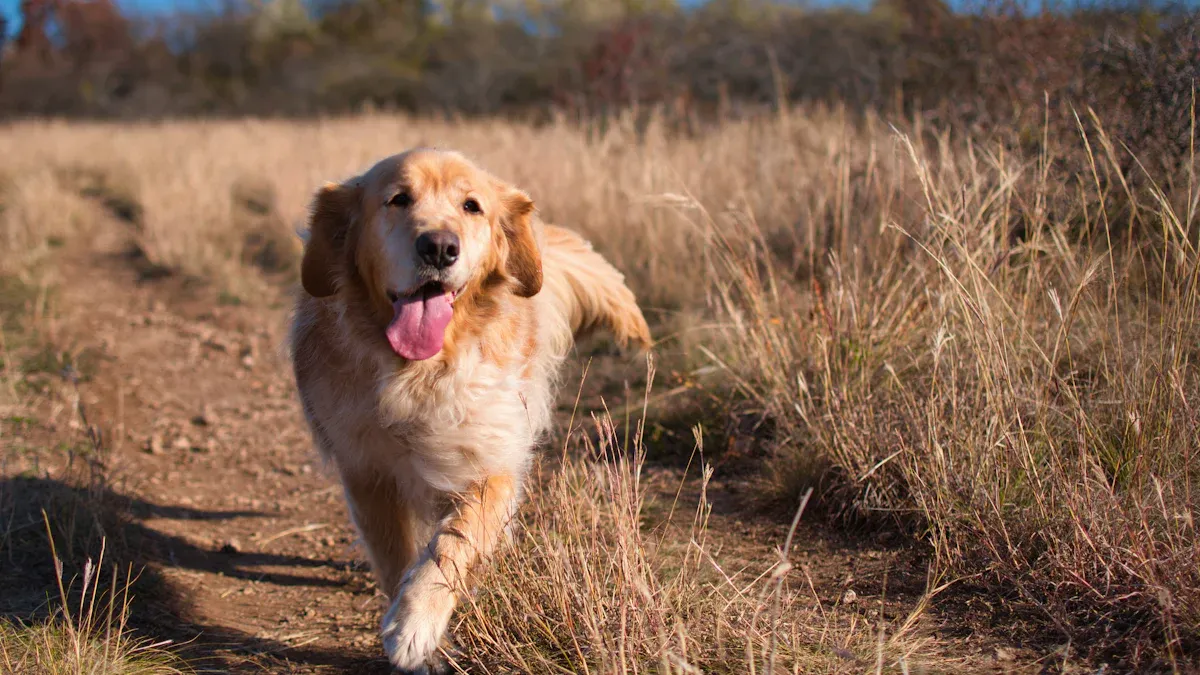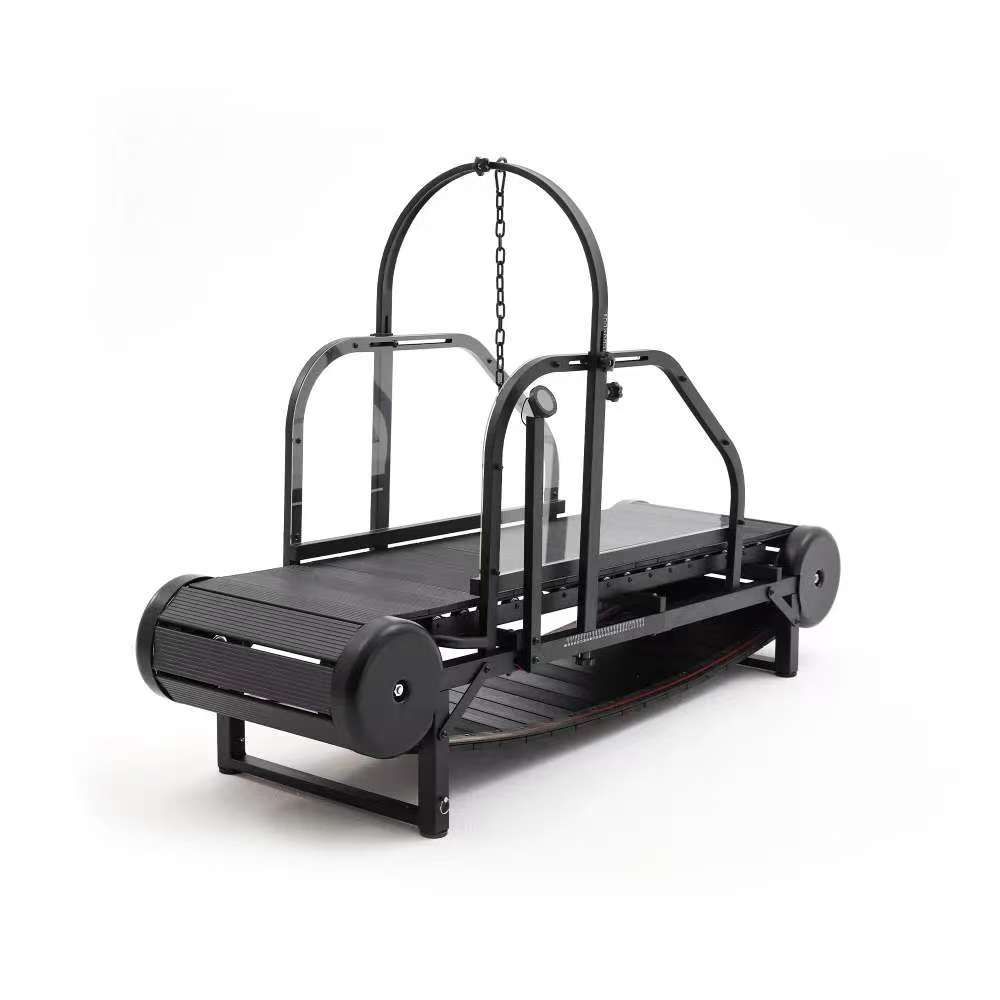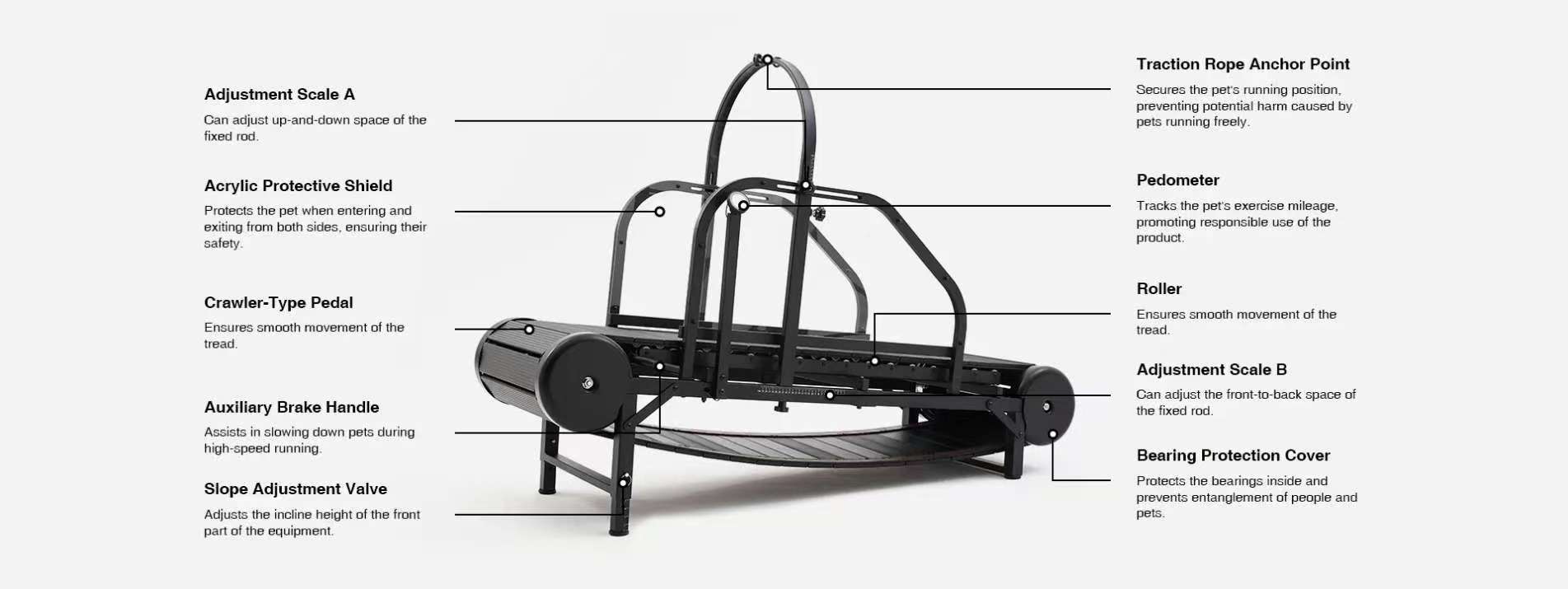Adult golden retrievers need 60-90 minutes of exercise daily to stay healthy and happy. This exercise keeps their heart strong, builds muscle, and helps maintain a healthy weight. To support their physical activity, consider using dog treadmills for sale, which can be a great option for indoor workouts. It’s also important to keep your dog’s mind active—playing games like fetch can prevent boredom and improve their mood. By providing your golden retriever with both physical and mental stimulation, you’ll strengthen your bond and enjoy a happy, well-behaved pet.
Key Takeaways
-
Adult golden retrievers need 60 to 90 minutes of exercise each day. This helps them stay healthy and happy.
-
Change exercise routines as your dog gets older. Use gentler activities and shorter sessions for older dogs.
-
Keep your dog's mind busy with games and training. This helps prevent boredom and improves behavior.
-
Look for signs of too much exercise. Heavy panting or stiffness are warning signs. Balance physical activity carefully.
-
Use dog treadmills for safe workouts. They are good for joints, especially in bad weather or for older dogs.
Exercise Needs

How Much Exercise Does a Golden Retriever Need?
Adult golden retrievers need 60-90 minutes of exercise every day. This helps keep them healthy and happy. They have a lot of energy, so they need this much activity. Experts say that golden retrievers do best with a planned exercise routine that fits their needs.
To meet these exercise requirements, you can take your dog for walks, runs, or play fetch. These activities are good for their bodies and minds. Studies show that less than 6% of golden retrievers get enough exercise each day. This shows how important it is to make sure your dog stays active and healthy.
Importance of Consistency
Keeping a regular exercise routine for your golden retriever is very important. Regular exercise helps them stay healthy, manage their weight, and improve heart health. Research shows that dogs who exercise regularly tend to live longer and have better lives.
Tip: Breaking up exercise into several sessions each day can help. A study found that dogs, like golden retrievers, usually have two main times when they are active. This matches their natural habits and can help them get enough exercise. For example, you could walk your dog for 30 minutes in the morning and again in the evening.
Also, experts say that for older dogs, it’s better to have shorter, more frequent exercise times instead of one long session. This helps them stay mobile without getting too tired. This method works well for older dogs and helps keep them healthy.
Having a steady adult exercise routine not only meets your dog's needs but also makes your bond stronger. By sticking to a regular schedule, you help your golden retriever stay active, happy, and engaged.
Age Considerations
As your golden retriever gets older, their exercise needs change a lot. You need to change their routine to keep them healthy and happy.
Adjustments for Senior Dogs
Senior golden retrievers need special care when it comes to exercise. Here are some important changes to think about:
-
Limit exercise sessions to 30 minutes to an hour each day. This helps avoid overdoing it.
-
Choose gentler activities like gentle walks, swimming, or light fetch. These keep them active without hurting their bodies.
-
Watch your dog closely for signs of pain or trouble. This makes sure you don’t push them too hard.
-
Add mental activities during walks. Things like obedience training or hide and seek can keep their minds sharp.
-
Always do gentle stretching before exercise. This gets their limbs and joints ready, lowering the chance of injury.
Regular, age-appropriate exercise helps keep strong bones and joints. This can stop problems like arthritis and muscle loss. Too much exercise can cause joint issues and weight gain.
Exercise for Puppies vs. Adults
Puppies need different exercise than adult golden retrievers. The Golden Retriever Club of America says puppies need more frequent and regular exercise to handle their high energy. Good activities include brisk walks, swimming, and play. But avoid hard exercises like jogging until they are at least 12 months old. This keeps their growing joints safe.
On the other hand, adult golden retrievers can get used to a less active lifestyle as they grow up. They still need regular vigorous exercise to stay healthy and fit. Knowing these differences in exercise for golden retrievers by age is important for their overall health.
Recognizing Over-Exercising

Signs to Watch For
As a good dog owner, you need to know when your golden retriever has exercised too much. Over-exercising can cause tiredness and health problems. Here are some signs to look for:
-
Excessive panting: If your dog pants heavily after resting, it may mean they did too much.
-
Lethargy: A sudden drop in energy or not wanting to play can mean they are tired.
-
Stiffness or limping: If your dog seems uncomfortable while walking, they may have hurt their muscles or joints.
-
Increased heart rate: Studies show that checking your dog's heart rate before and after exercise can help you see how hard they worked. A heart rate that stays high for a long time may mean they are tired.
-
Changes in behavior: If your dog gets grumpy or withdrawn, it may mean they need a break.
Balancing Activity Levels
To keep your golden retriever healthy, you need to balance their exercise routine. Here are some tips to help you do this:
-
Mix physical and mental activities: Combine walks with games that make your dog think. Activities like hide and seek or puzzle toys can keep them busy without overdoing it.
-
Monitor hydration: Always give fresh water, especially after exercise. Staying hydrated helps them recover and prevents tiredness.
-
Tailor exercise to your dog's age: Change the intensity and length of exercise based on your dog's age and health. Older dogs do better with low-impact activities like swimming or gentle walks.
-
Avoid overfeeding: Keep your dog's weight in check to stop obesity, which can worsen joint issues. A healthy diet helps their overall health.
-
Consult your vet: If you are unsure about your dog's exercise needs, talk to your veterinarian. They can help you make a plan based on your dog's health and breed.
By spotting the signs of over-exercising and balancing activity levels, you can help your golden retriever stay happy and healthy.
Benefits of Dog Treadmills for Sale

Dog treadmills for sale are a great way to keep your golden retriever active, especially when the weather is bad. These machines let your dog exercise in a safe place, making sure they get enough physical activity.
Consistent Exercise Regimen
Using a dog treadmill helps you create a regular exercise plan for your golden retriever. Studies show that treadmill workouts can help keep your dog fit. One study by Piccione et al. (2012) found that dogs had big increases in heart rate and other health signs during treadmill exercise. This shows that treadmill workouts are a good way to check and control how hard your dog exercises.
|
Study (Author, Year) |
Subjects (Breed, n) |
Exercise Protocol |
Measured Parameters |
Key Findings |
|---|---|---|---|---|
|
Piccione et al., 2012 |
Healthy male Beagles (n=7) |
Sequential treadmill: walking 3.8 km/h 10 min, trotting 7.2 km/h 20 min, walking 3.8 km/h 10 min |
Heart rate (HR), rectal temperature, RBC, hemoglobin, hematocrit, lactate, glucose |
Dogs showed big increases in HR, rectal temperature, RBC, Hct, lactate, glucose during trotting, showing heart and body response to treadmill exercise |
|
Queiroz et al., 2016 |
Healthy military dogs (n=9) |
12-minute treadmill with different speeds and slopes |
HR, blood pressure, thermographic muscle temperature |
Blood pressure changed a lot with exercise level; older dogs had higher diastolic pressure; muscle temperature increased, showing body adjustment |
|
Lee et al., 2019 |
Healthy male Beagles (n=6) |
12-week treadmill exercise (interval vs control) |
HR, imaging |
Interval group had much higher HR; no unusual imaging results, showing safe heart adjustment |
|
Vrbanac et al., 2020 |
Labrador and Golden Retrievers (n=20) |
16 weeks moderate treadmill exercise |
Bone resorption markers |
No big effect on bone health, showing treadmill exercise is safe for bones |
These studies show that treadmill exercise causes clear, repeatable health changes in dogs, proving it works for keeping exercise plans steady.
Joint-Friendly Exercise
Dog treadmills are easy on your dog's joints. Unlike hard outdoor surfaces, treadmills have a soft surface that lessens the impact on their joints. This is great for older golden retrievers or those with joint problems. You can change the speed to fit your dog's needs, making sure they get enough exercise without hurting themselves.
Customizable and Interactive
A cool thing about dog treadmills is that you can change the settings. You can adjust the speed and incline to fit your dog's fitness level. This lets you create a workout that meets your golden retriever's needs. Many new dog treadmills also have fun features, like built-in games or challenges, which keep your dog interested and excited during workouts.
Mental Stimulation
Using a dog treadmill also gives your golden retriever mental challenges. Dogs love variety and new things. By using a treadmill, you can try new exercises or change the speed and incline, keeping their workouts fun and interesting. Mixing up activities helps stop boredom and keeps their minds healthy.
Tip: Pair treadmill workouts with other activities, like obedience training or puzzle toys, to boost your dog's mental stimulation. This not only keeps them fit but also sharpens their thinking skills.
Using Non-Motorized Treadmills in Your Routine

Non-motorized treadmills can be a great part of your golden retriever's exercise plan. These treadmills let your dog walk or run at their own speed. Here are some tips to add them to your dog's daily activities:
-
Start Slow: Slowly introduce your golden retriever to the treadmill. Let them check out the machine while it is off. Allow them to sniff and feel comfortable with it.
-
Short Sessions: Start with short sessions of about 5-10 minutes. This helps your dog get used to the movement without feeling stressed.
-
Positive Reinforcement: Use treats and praise to motivate your dog. Reward them for stepping on the treadmill and walking. This helps them feel good about using the equipment.
-
Increase Duration: As your dog gets more comfortable, slowly increase the time of the sessions. Aim for 10-20 minutes as they adjust.
-
Combine Activities: Mix treadmill workouts with other fun activities. For example, switch between treadmill time and outdoor walks. This keeps your dog's routine interesting and fun.
Tip: Always watch your dog while they use the treadmill. Make sure they stay safe and comfortable during their workout.
Benefits of Non-Motorized Treadmills
Non-motorized treadmills have many benefits:
-
Self-Paced Exercise: Your dog sets their speed, which can lower the chance of injury.
-
Joint-Friendly: The soft surface is easier on your dog's joints, making it good for older dogs or those with joint problems.
-
Convenience: You can use them indoors, no matter the weather. This makes sure your golden retriever gets their exercise even on rainy days.
Adding non-motorized treadmills to your golden retriever's routine can improve their fitness and keep them active. By following these tips, you can make a balanced exercise plan that helps both their body and mind.

In short, it is very important to adjust exercise plans for your golden retriever's needs. This helps keep them healthy and happy. Here are some main points to remember:
-
Golden retrievers need 60-90 minutes of exercise each day. This should include walking, running, and swimming.
-
Puppies should have short exercise sessions to protect their growing joints. Older dogs do better with gentler activities.
-
Keeping your dog’s mind active is just as important as physical exercise. Use puzzle toys and scent games to keep them interested.
-
Think about using dog treadmills for steady, low-impact workouts, especially when the weather is bad.
By personalizing your dog's exercise plan, you can help them stay active and healthy for their whole life.










0 Comments